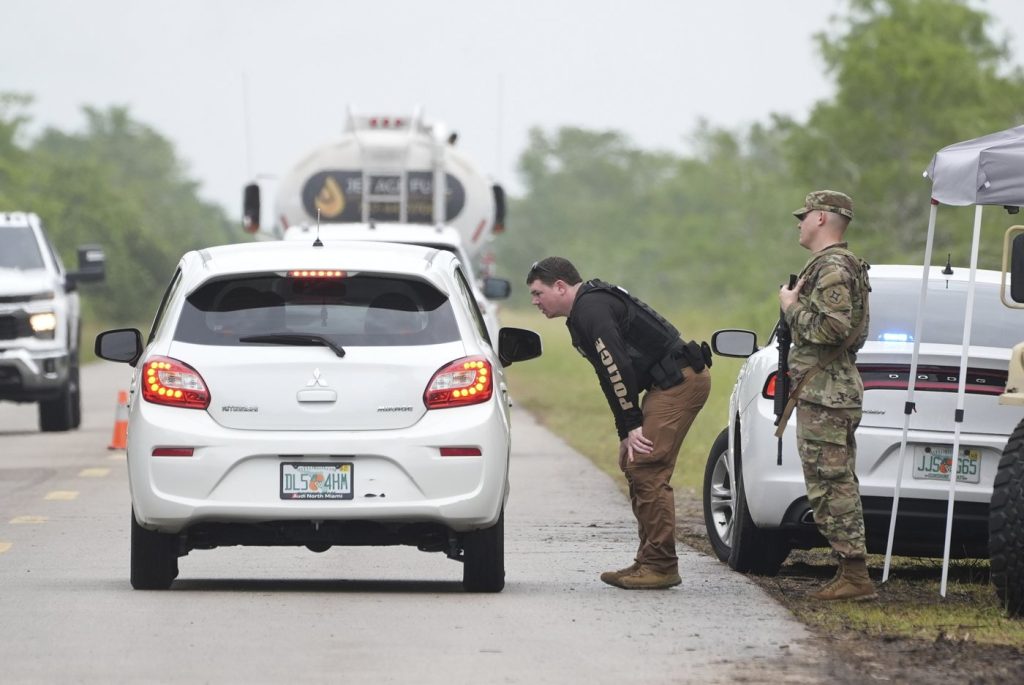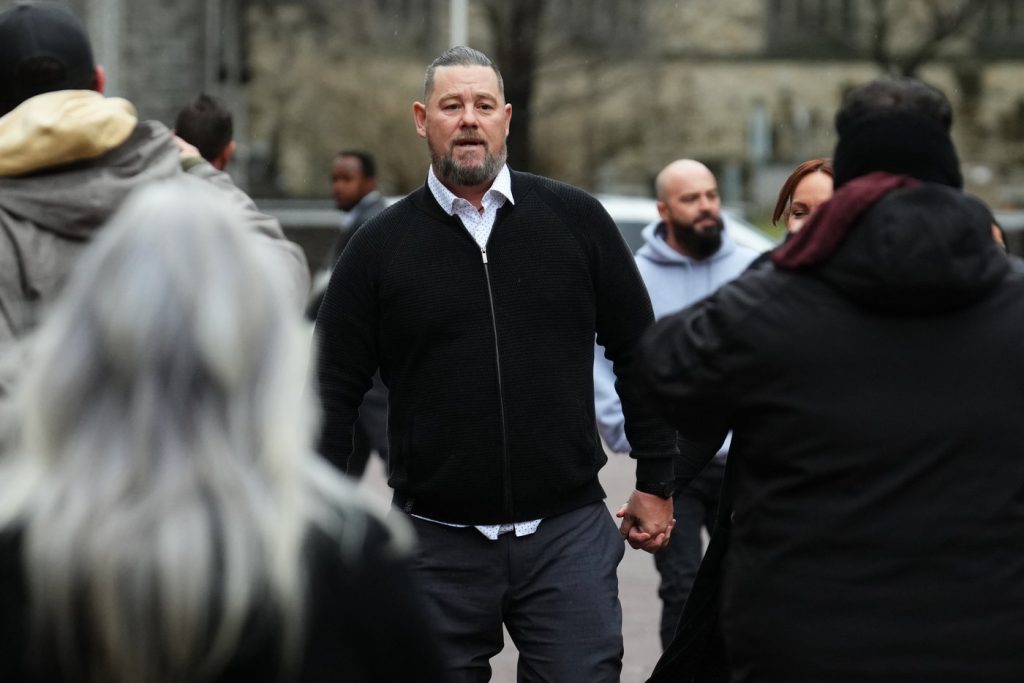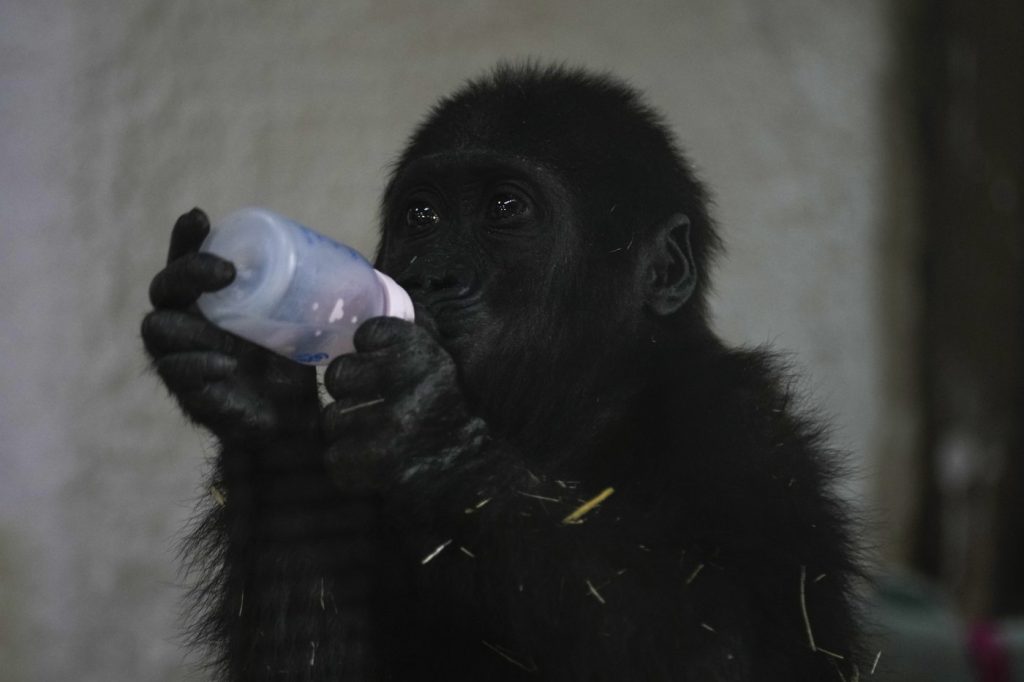The first group of immigrants has arrived at a new detention center located in the Florida Everglades, officially referred to as “Alligator Alcatraz.” This facility was developed rapidly, constructed in just eight days, and has an initial capacity to hold approximately 3,000 detainees. The project was guided by Republican state Attorney General James Uthmeier, who has stated that immigrants apprehended by Florida law enforcement under the federal government's 287(g) program will be taken to this site.
The 287(g) program allows local police to interrogate and detain immigrants in custody for potential deportation. The facility is situated at an airport previously used for training, featuring over 200 security cameras, more than 28,000 feet of barbed wire, and a security force comprising around 400 personnel. Plans are already in motion to expand the facility in increments of 500 beds, aiming for a total capacity of about 5,000 detainees by early July.
Federal agencies, including the Department of Homeland Security, have expressed their opposition to a lawsuit filed by environmental groups aiming to halt the center's operations. Although former President Donald Trump praised the facility during an official tour, the DHS filing indicated that no federal funds have been used in its construction. The Department clarified that Florida is solely responsible for the construction and operation of the facility, using state funds under emergency authority.
There has been significant protest from human rights advocates and Native American tribes who claim the center poses a threat to the delicate ecosystem of the Everglades. They argue that the harsh conditions, including heat and mosquito infestations, make it inhumane for detainees, and highlight that the land is regarded as sacred by local tribes. Adding to the concerns, the area is prone to heavy rains, which have already resulted in flooding at the site during Trump’s recent visit.
Officials assert that the center is designed to withstand a Category 2 hurricane, and measures are being taken to address flooding issues. Recently, new signage labeling the facility as “Alligator Alcatraz” was erected along the highway leading to the site and at the entrance to the Dade-Collier Training and Transition Airport. The location was established following the governor's use of emergency powers to seize county-owned land.
Governor Ron DeSantis and other officials have emphasized that the placement of the facility within the rugged and remote Florida Everglades is intended as a deterrent against illegal immigration. The name “Alligator Alcatraz” serves to communicate a message similar to the notorious federal prison, known for its severe conditions. This move illustrates how the Trump administration and its affiliates are employing scare tactics to encourage individuals living in the U.S. illegally to leave voluntarily.
The announcement of the detention center has been promoted through social media by state and federal officials. The Republican Party of Florida has capitalized on the facility's notoriety, utilizing it for fundraising by selling merchandise decorated with its name. The ongoing developments at “Alligator Alcatraz” highlight the intersecting issues of immigration policy, environmental concerns, and political maneuvering in the state of Florida.










